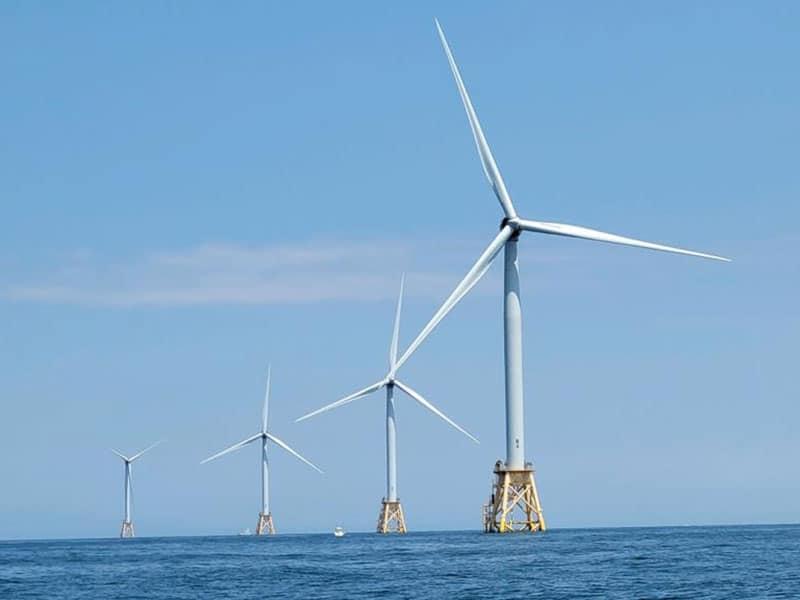
As if offshore wind farms weren’t controversial enough, a new warning from a Danish surveying crew has left anglers and boaters unequivocally troubled. The Ørsted company recently discovered 11 unexploded munitions on the sea bottom in Narragansett Bay, Rhode Island. A warning to ships and others traveling the area was made by the U.S. Coast Guard.
“They range from 6-inch artillery shells to a 250-pound bomb,” Ryan Ferguson from Ørsted was quoted by the Governors Wind Energy Coalition (GWEC).
Another shipping company in early July discovered an unexploded bomb at the planned 62-turbine “Vineyard Wind’s” site off the Massachusetts coast. The believed WWII Naval munition weighed nearly 1,000-pounds and was buried about 100 feet below the seabed, according to New Scientist magazine.
And it’s not just a U.S. problem. Ferguson says Ørsted has found similar dangerous WWII military materials off the coast of northern Europe that were either dropped or dumped in the ocean following the war.
As offshore wind production ramps up in the U.S. for energy needs, these discoveries of potential lethal bombs and other munitions present a dilemma to governments and controlling agencies about what to do with such hazards – leave them or remove and destroy them.
The U.S. military, NOAA and the Bureau of Ocean Energy Management will be involved with ordnance discovery and disposal. Newly discovered “hot” areas for unexploded bombs, artillery shells and other dangerous WWII debris will be added to well-known such sites like Nomans Land island in Massachusetts where Navy target practice left residual dangerous devices behind just three miles off Martha’s Vineyard.
According to experts, there are plenty of uncharted munitions dump sites where shifting sea bottoms and strong tidal currents have moved dangerous materials to unknown locations.
The Navy is in charge of disposing unexploded munitions found in U.S. waters.
The Department of Defense abides by a “leave-it-in-place” policy, described in a 2016 Congressional report on the problem.
Andy Elvin, American CEO of EODEX, says the ordnance problem has largely been “out of sight, out of mind.” Elvin is an expert in unexploded munitions with a Royal Navy pedigree. His company specializes in disposing of sea floor hazards by burning ordinance rather than exploding it.
Elvin believes the Navy’s leave-it-alone policy for unexploded bombs, shells, missiles, etc. is outdated as more offshore wind industries begin their expanded sea bottom work.
“If you don’t mitigate them — as in, make the problem go away, and make it go away in an environmentally friendly way — there is now a piece of explosive that you know where it is sitting on the seabed, and it may or may not be picked up by a fisherman,” Elvin told GWEC. “There is a moral obligation that somebody needs to do something with it.”








